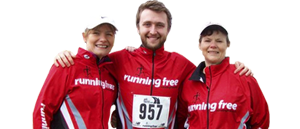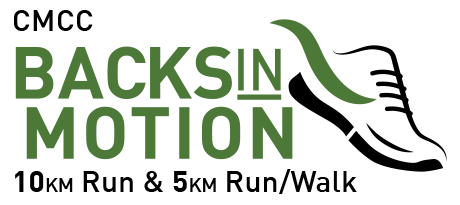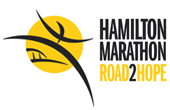Individualized Training Zones. You may have opened up several books, purporting to be the be-all and end-all of establishing training intensity zones to effectively bring out the best racing performance of your life. Several “zoning” methods exist, including methods based on:
- Percentage of maximum heart rates (such as, taking a percentage of 220-maximum heart rate)
- Percentage of a maximum aerobic heart rate (for e.g. Maffetone method, as made popular by 6x Ironman World Champion, Mark Allen)
- Percentage of VO2 max (maximum capacity of an individual to transport and use oxygen)
- Looking at “traditional” lactate curves and identifying the Aerobic Threshold (AeT) and Anaerobic Threshold (AT)
- For cycling, basing off the FTP Wattage (or, the average wattage you can sustain for 1 hour) – Dr. Andy Coggan, PhD supports this kind of zoning.
However, have you stopped to wonder the implications that these different methods might have on you, as the individual?
How Personalized is it, really?
The biggest issue with the above methods is that those really are not “personalized” methods. There are some significant issues around what we, as athletes, are told. We pay significant $$$ for “individualized” training programs, and some athletes, they manage to PB year after year, and some athletes, they just plateau. Let’s go through some of the rationale:
- Many of those methods described above are really based on whether the athlete in question falls into the “norm” of the population. Have you ever been part of a training group where 60% of the group always improves their time with a similar volume and intensity of training, but you’re always left behind?
- Many of those methods have unrealistic or incorrect assumptions. For example, you might read in a physiology textbook that “65% of VO2 max” constitutes an easy training pace. However, there are some people who can exercise for hours at that intensity, and there are some who won’t even last more than 45mins at that intensity.
- What makes you think that your maximum heart rate is really 220 minus your age? And, is 70% of your maximum heart rate really the zone where you burn free fatty acids to produce energy?
- Don’t even get me started with wattage. A lot of people argue that heart rate is too difficult to use, day after day, as a marker of intensity, because of its daily variation in response to stress, hydration, and air temperature. People say that wattage is a much better indicator of intensity. But the question is, is 200 watts at sea level the same as 200 watts at 3,000m? Or, is it the same physiological intensity if you cycle 200 watts when you are loaded with carbohydrates and have level blood sugar, or if you are already slightly depleted?
Truth is…
For those methods to work for you, you would need to fit within the norm of the population. The above methods might work for 50-60% of the population, but will it work for you? Bottom line is, there is no real answer. At one point in my short training/racing career, I was extremely big on heart rate training, or wattage training on the bike. I was always huge on set times per length in the pool.
However, I have come to realize that there really is no physiological basis for these “restrictions” I have placed on myself. The truth is, we have to listen to our bodies.
- At what point do you feel that your breathing patterns change? (Respiratory system weakness)
- Or, is your breathing fine, but you feel that your legs or arms start to lose form first? (Skeletal system weakness)
- Does your heart rate keep climbing and climbing, despite the general RPE of the workout being very easy? (Cardiac system weakness).
There are many different truths to be told, and perhaps I can shed light in the future on some of the leading, cutting edge research that has been going on.
One last teaser:
So, I think that out of those three weaknesses I outlined, every athlete must have exprienced at least one of them. If we go back to the cardiac system weakness, none of your coaches would have likely told you that Heart Rate (HR) is only ONE HALF of the equation. A better measure of your cardiac fitness is your Cardiac Output (CO, in litres of blood pumped per minute), which is a product of your heart rate (HR, beats per minute) and your stroke volume (SV, millilitres of blood per beat):
CO = HR x SV
For every level of intensity, you will require a certain cardiac output (as a certain volume of blood carries the requisite amount of oxygen for performing that exercise). You can see where I am going with this: if HR shoots up in a fixed wattage/pace workout (commonly known as “cardiovascular drift”), but your cardiac output stays the same, what does that tell you about the strength of your cardiac muscle (i.e. stroke volume)?
What’s in store for the future:
In the coming weeks, I will present an alternative view on exercise physiology that has a growing following in BC, Canada, and also in Europe.
Till next time,
AK
Disclaimer: I am not a medical doctor, and these blurbs about exercise and exercise physiology is not meant to prevent, alleviate, or cure any illnesses. These are merely thoughts on academic paradigms that were adapted (rather improperly) for individualized training programs.




















